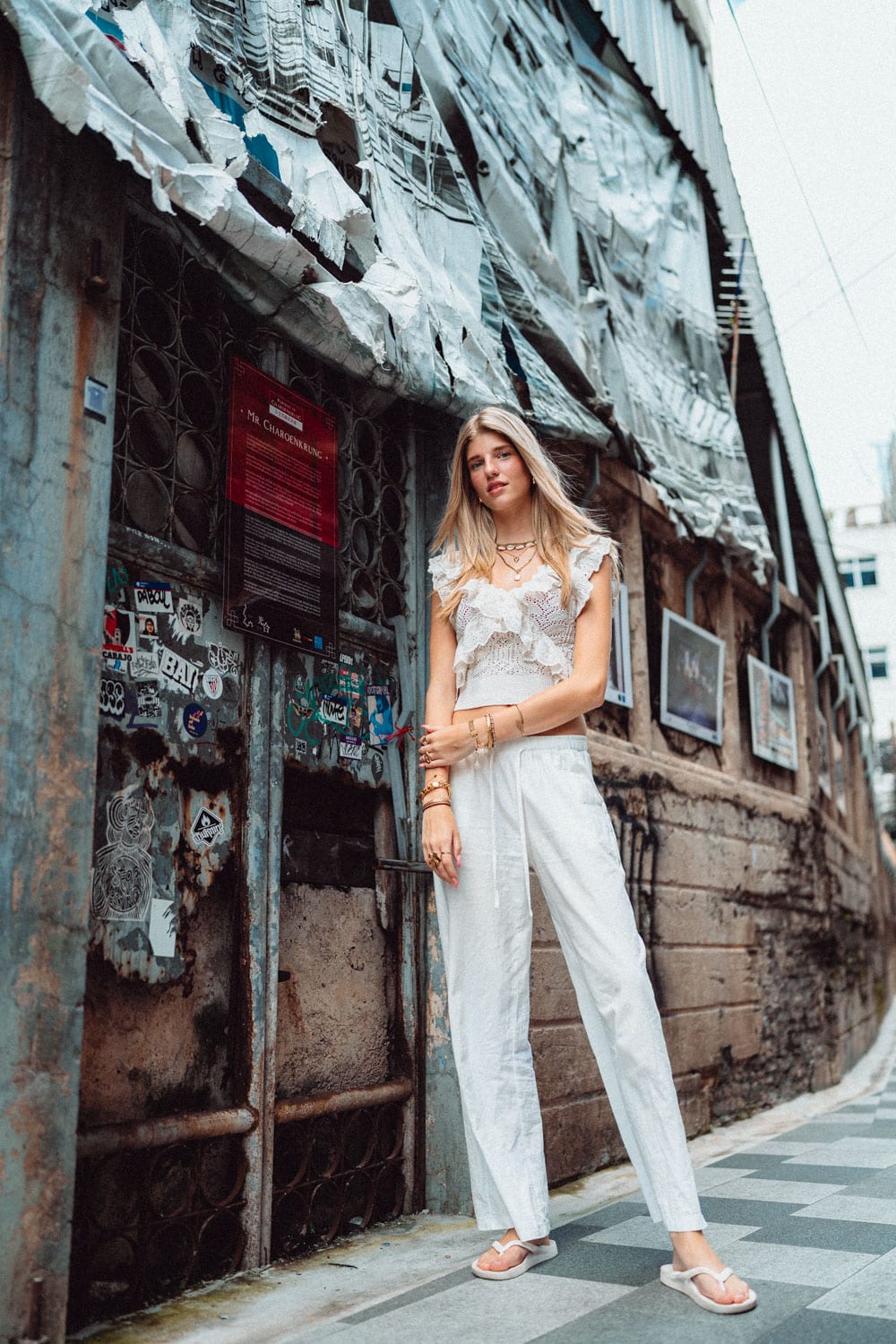As the first rays of sunlight pierce through Bangkok’s urban canyons, the city transforms into a canvas of light and shadow. The interplay between natural light and the city’s diverse architecture creates an ever-changing spectacle that challenges photographers to master both technical precision and artistic timing. In my years photographing Bangkok’s streets, I’ve learned that understanding the city’s unique relationship with light is as crucial as knowing its geography.
The golden hour in Bangkok presents a particular magic that sets it apart from other global cities. The tropical atmosphere filters the morning light differently, creating a warm, diffused glow that softens the city’s hard edges. In the narrow sois of old Bangkok, where centuries-old shophouses stand shoulder to shoulder, these early rays create dramatic light tunnels that seem to tell stories of their own. The challenge lies in capturing these fleeting moments when the light perfectly illuminates a slice of urban life – a vendor setting up their morning stall, or a monk walking his daily alms route, their orange robes catching the golden light.
Bangkok’s modern architecture introduces another dimension to natural light photography. The glass and steel structures of Sathorn and Silom act as massive reflectors, bouncing light in unexpected directions and creating what photographers call ‘found light studios’ on the streets below. These reflected lights can be both blessing and curse – while they provide dramatic backlight and fill light for street portraits, they can also create challenging exposure situations. Understanding how these architectural elements interact with natural light throughout the day becomes essential for capturing compelling urban images.
The harsh midday sun, often considered the enemy of photographers, takes on a different character in Bangkok’s urban environment. The intense overhead light creates sharp shadows that transform ordinary street scenes into abstract compositions. The challenge here lies in embracing these conditions rather than avoiding them. High contrast becomes a tool for storytelling, with deep shadows and bright highlights creating dramatic frames within frames. The key is learning to see these harsh lighting conditions as opportunities rather than obstacles.
Water plays a crucial role in Bangkok’s light dynamics, particularly during and after the frequent rain showers. The reflective surfaces of wet streets and puddles double the visual impact of natural light, creating opportunities for images that capture both the physical city and its mirror image. These moments require quick thinking and technical expertise, as the conditions can change rapidly. The interplay between light, water, and urban architecture creates unique opportunities for photographs that speak to Bangkok’s character as a tropical metropolis.
The city’s trees and urban greenery interact with natural light in ways that add complexity and interest to street photography. The massive rain trees lining old boulevards create dappled light patterns that change throughout the day, while newer vertical gardens on modern buildings catch and filter light in unexpected ways. These natural elements soften the harsh urban environment and create interesting lighting challenges for photographers. The key lies in understanding how foliage affects light quality and using these effects to enhance environmental portraits and street scenes.
As the sun moves toward late afternoon, Bangkok’s light takes on yet another character. The lower angle of sunlight creates long shadows that stretch across streets and sidewalks, turning ordinary urban scenes into geometric compositions. This is when the city’s architecture truly comes into play as a photographic element, with shadows of buildings and street furniture creating leading lines and frames that can transform simple street photographs into complex visual narratives.
The transition period between day and night, known as the blue hour, offers perhaps the most challenging and rewarding opportunities for natural light photography in Bangkok. During these brief moments, the remaining natural light balances perfectly with the city’s artificial illumination, creating a magical period where both worlds coexist. The technical challenges of capturing these fleeting moments are considerable, but the results can be extraordinary, revealing a version of Bangkok that exists only briefly each day.
Light pollution in Bangkok creates unique conditions for urban photography even after sunset. The glow from the city’s countless lights reflects off low clouds and creates an ambient illumination that can extend the possibilities for natural light photography well into the evening hours. Understanding how this artificial light interacts with remaining natural light becomes crucial for capturing the city’s nocturnal character while maintaining the organic feel of natural light photography.
The seasonal changes in Bangkok’s light present yet another layer of complexity for urban photographers. The shifting angle of the sun throughout the year, combined with varying atmospheric conditions during different seasons, creates distinct lighting conditions that affect how the city can be photographed. From the crystal-clear light of the cool season to the diffused glow of the rainy season, each period offers unique opportunities and challenges for capturing Bangkok’s urban landscape. Success lies in understanding these seasonal variations and adapting techniques accordingly to make the most of natural light’s ever-changing character in this dynamic city.


